Six food writers pick their go-to gourmet destinations
If gastronomy is top of your list when it comes to choosing your next holiday, the experts can help. Six food writers select the destinations that they get hungry just thinking about
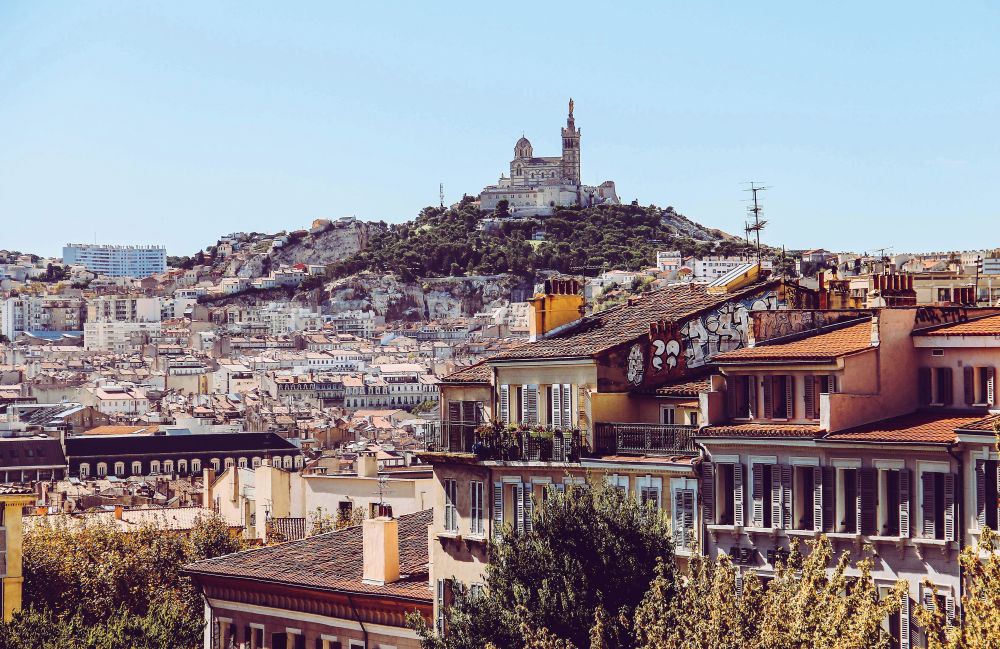
If gastronomy is top of your list when it comes to choosing your next holiday, the experts can help. Six food writers select the destinations that they get hungry just thinking about
In Sicily the character of the food changes as you travel the island, with the historic influence in the north very much Norman-Arab with a bit of French – lots of aubergines, artichokes, cassata (a creamy ricotta cake). The south has much more of a Greek influence. Throughout the island, the dark, rich, volcanic soil brings a special magic to everything that grows. The produce, often unique and seasonal local varieties, has an intensity of flavour rarely found even elsewhere in Italy.
I love the north of Palermo – it has a terrific energy. There’s a vibrant sense of arrivals/departures, comings and going, ebbs and flows. The majority of Sicilians still come from peasant stock, so the cooking has come out of needing to make the most of whatever food available, like adding breadcrumbs to pasta, or using every part of the animal, like with one Palermo speciality, spleen and lung sandwiches – it’s actually quite tasty with ricotta.
The street food is famous, too: chickpea panelle, fritters topped with crisp potato croquettes in a sesame bun; sfincione, a kind of thick-based pizza, sumptuous and oily with anchovies and tomatoes; fat snails in paper cones, cooked in olive oil, parsley and garlic; and, of course, intestines barbecued over charcoals on a corner – eat those, and you earn the respect of any Sicilian.
Then you have the famous Palermo breakfast for hot days – brioche filled with gelato. You get this all around Sicily, but it’s best in Palermo. A thimble of electric espresso comes on the side, to blast you off for the day.
The markets – Il Capo is the best – are operatic in scale. Colourful and noisy, they’re often packed into a labyrinth of narrow streets, so you might come across a baroque church hidden between the fruit and veg or a crumbling palazzo by the cheese stalls. The tomatoes are a thousand shades of red, oranges are as gold as the sun, onions and potatoes a tawny amber alongside startlingly fresh greens and herbs, and glistening fish that look like they’ve leapt straight out of the ocean.
There are lots of places to sample the island’s signature dishes. Try trattoria Ferro di Cavallo ferrodicavallopalermo.it for pasta with sardines and wild fennel, and Gagini gaginirestaurant.com for roast calamari with sea urchins in a rich anchovy sauce. At Perciasacchi perciasacchit.it the sourdough pizzas are made with ancient varieties of wheat flour, with unusual toppings such as tuna bottarga and lemon peel, or organic ricotta cheese.
Clarissa Hyman is a food writer and the author of Cucina Siciliana (Interlink Books, £16), a cookbook of recipes from Sicily.
Even the basic foods in Crete are fabulous: the olive oils, wonderful sheep’s-milk mountain cheeses, the breads – even now, there are still wood-fired bakeries in Chania. It’s the herbs, too, like rigani, or Greek oregano, stronger than the one we buy – it’s got more oil, so it’s better for you. The ancient Greeks adored Crete for the herbs, the Romans used the island as their bread basket, and the Arabs loved it for the honey, for the bees love Crete, too.
Sample the best of the bounty in Chania – once the capital, and full of twisty streets and three-storey buildings. It has this huge covered market where traders sell preserved meats and bonito (similar to tuna), anchovies, olive oils, wines and raki by the barrel, cheeses, and lots of honeys. Crete is such a fertile land – it has almost as many endemic plants as the UK, yet it’s tiny. That diversity impacts on the food.
As for restaurants, in Xrisostomos chrisostomos.gr the owner’s father, a shepherd, supplies his own lamb and kid from the southern Sfakia mountains for grilled meats and oven bakes. Down on the Old Harbour, near the Venetian Arsenal, you’ll find two older fish tavernas opposite each other. Ask what fish they have that day, and while your sea bass, barbounia (red mullet) or grouper is grilling, enjoy a meze of tiny fried fish – gopa, marithes, athirini or galeos, an ancient species with a single bone – with a garlic sauce.
Further west, in a cobbled alleyway and opposite the synagogue, there’s the delightful To Xani Kondilaki Street, where you can try local favourites (ask for the specials) including fennel pies and rabbit stifado. There’s a good local wine list, too. Towards the covered market, you’ll find Chatzimichali Ntaliani, housed in a former wine cellar and distillery. Highlights of the seasonal menu include horta (wild greens) and pork in the pan, with herbs. Finally, at Evgonia 120 Milonogianni, try any dish the owner recommends, especially if it’s rabbit or cuttlefish.
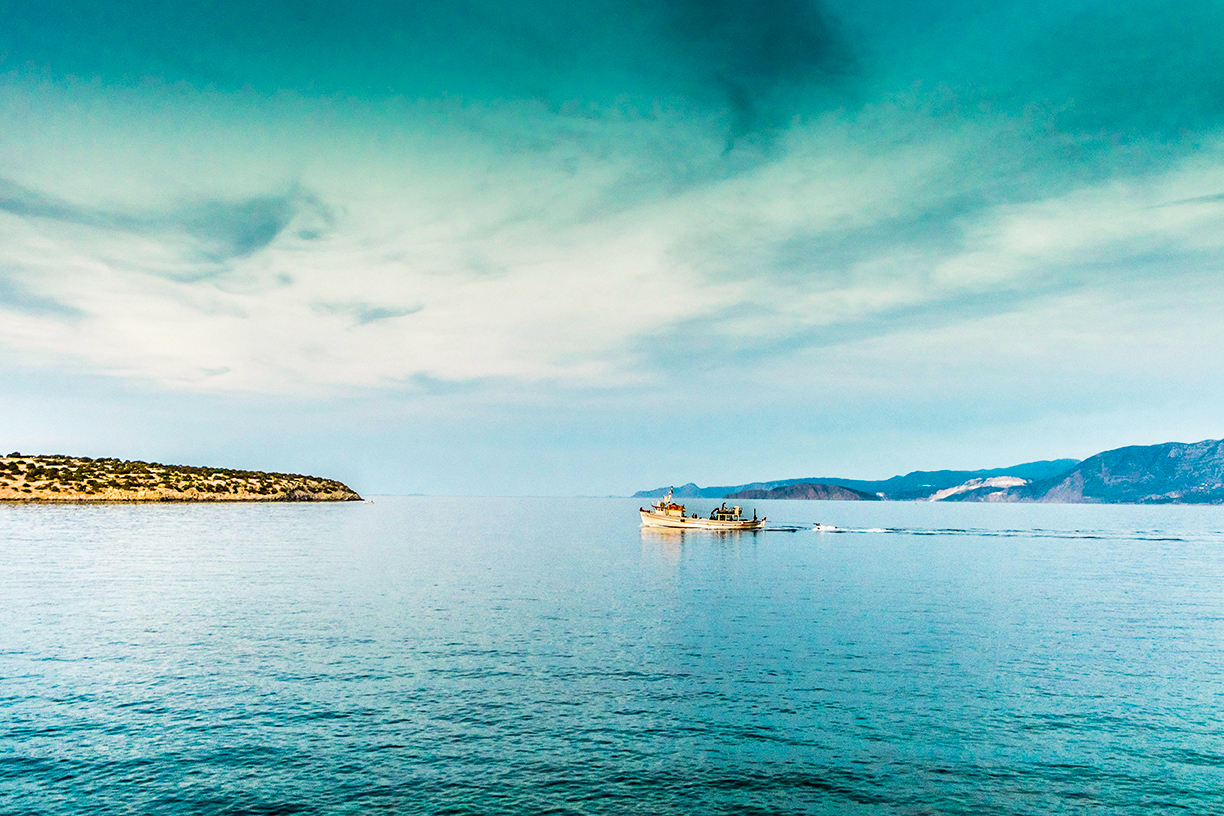
Rosemary Barron is a food writer and author of Flavours of Greece (Grub Street, £18.99), a guide to regional Greek food.
It wasn’t the Blue Danube or prancing Lipizzanners that drew me to Vienna. Nor Klimt’s patchwork gilt The Kiss. It wasn’t a subliminal lust to catch up with Sigmund Freud’s super-ego, either. I wanted to see the city of Carol Reed’s black-and-white classic The Third Man. By the time I first visited, it had already gone. The film’s iconic Ferris wheel turned out to be a less-than-giant ‘Eye’. By night empty streets echoed less than I’d imagined. The bricks-and-mortar war wounds had vanished. Instead, there was an evolving city that corralled its historic sites in the centre and modernised around them.
The city is smart, educated, artistic, youthful and on the move. The traditional Kaffeehaus, where grey men sipped chocolatey coffee, read newspapers or played chess, still exists but is fading. Instead, café society is cool, innovative and fashion-focused.
Same thing with food. Schnitzels, sauerkraut, strudel and sachertorte haven’t gone underground, but the city’s Michelin restaurants, such as vegetarian Tian tian-restaurant.com and theatrical Konstantin Filippou konstantinfilippou.com or three- star Amador restaurant-amador.com are more self-conscious ‘Künst cuisine’ than old school craftsmanship. And yet the love of convivial, good-value-for-money, well-cooked and substantial nosh, such as that served in beisl (bistros) and heuriger (wine bars), binds the warp and weft of day-to-day socialising.
Vienna has its own wine denomination, too. There are wineries inside the city limits. You can be on a hillside 5km from the centre surrounded by vines. Its unique Gemischter Satz isn’t a white grape variety so much as an assemblage of various grapes from assorted plots, each one planted with at least three varieties. It’s ideal light quaffing at the price entry point, but can be far more classy, sold for tens of euros in the smarter eateries.
What’s best about Vienna is that you can wallow in nostalgia here, visit the opera and munch hot dogs by night and then unearth delis producing mozzarella by day. Unlike Copenhagen, say, that invented New Nordic, it has taken the rich culinary heritage of the Austro-Hungarian Empire and moved it on. It seems fresh, yet cosy. It isn’t a mega-metropolis. It’s small and user-friendly, whether you’re sampling a trendy specialist flavoured vinegar in the Naschmarkt, buying snails at an urban farm or simply indulging with a slice of classic cheesecake.
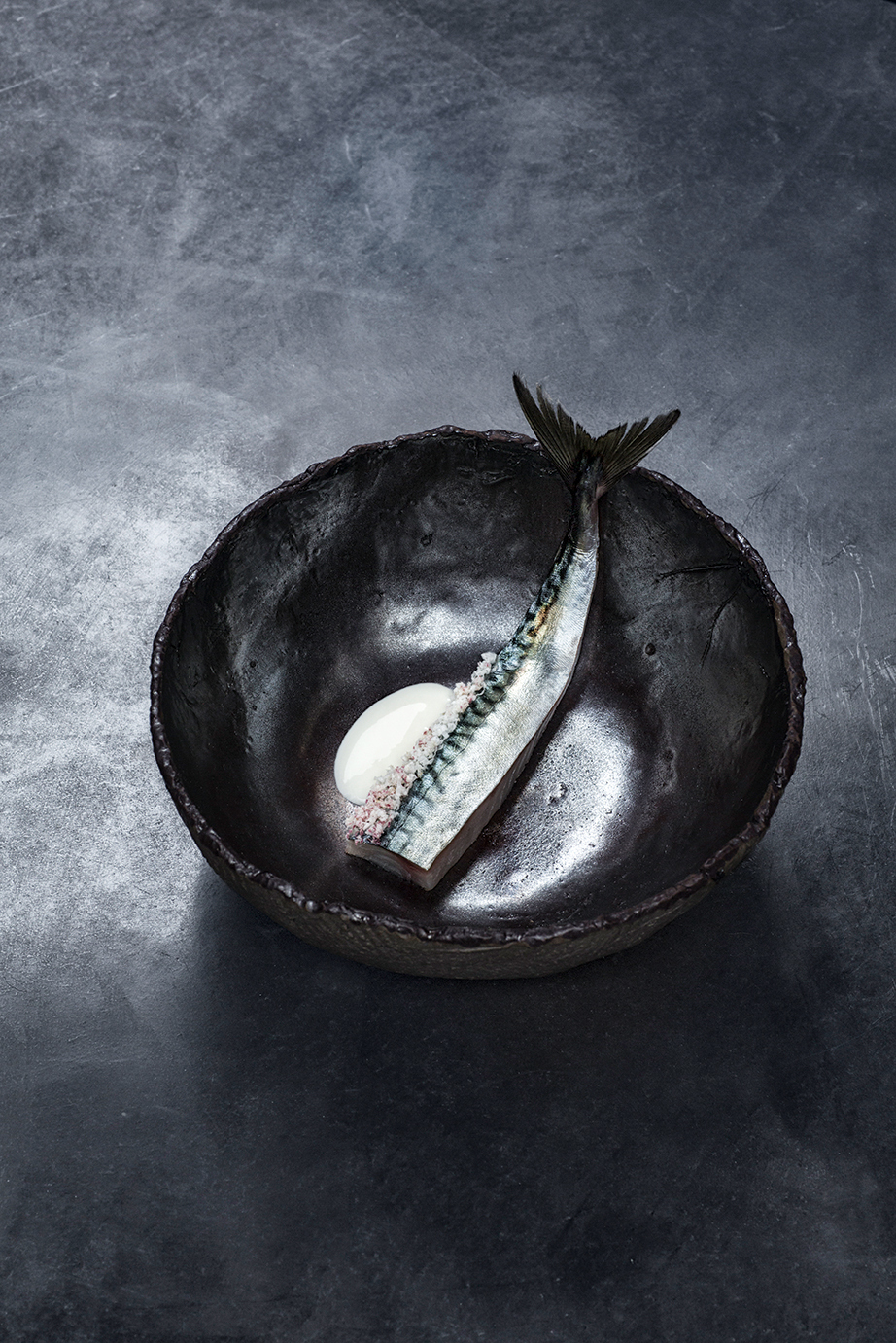
Michael Raffael is a cookbook author and food writer for The Caterer, Food & Travel and many others.
I've been to San Sebastián probably five or six times now, and one thing I always recommend is to do a MIMO tour sansebastian.mimofood.com – it’s the best way to get a crash course in the pintxo bars. They do a fun evening tour, which isn’t cheap, but you get to eat loads in all the best places and drinks are included, too. They also do cookery classes and they get you into the men’s dining clubs – the sociedades gastronómicas – which are usually members’ only. If you see one of these marvellous old codgers strolling through the town in their black berets, they are most probably on their way to one of these.
Most of the top places for pintxos are on the same three or four streets in the Old Town. Never order from the loaded plates on the counter; they have been sitting around for hours and taste like it. The exception is the ‘Gilda’, which is a skewer of pickled chilli, olive and anchovy, and is the signature pintxo of the city.
There are so many dishes to choose from but some of my favourites are the octopus and potato purée with papada (confit pork) at Casa Urola Jatetxea casaurolajatetxea.es – the scallop is good, too. Head to Ganbara ganbarajatetxea.com for absolutely amazing mushrooms, Bar Néstor 11 Arrandegi Kalea for the Txuleta (Basque steak) and tomato salad (although it’s more of a huge sharing platter than a pintxo) and try the burnt cheesecake at La Viña lavinarestaurant.com – another San Sebastián classic.
Other favourites: Txepetxa bartxepetxa.es for anchovies, and La Cuchara de San Telmo lacucharadesantelmo.com – everything is good, but you should definitely try the braised veal cheek. But bear in mind that the best way to spend an evening is as the locals do – have one pintxo and a drink, then move on to the next bar. After five or six you’ve had dinner.
Beyond pintxos, Arzak arzak.es is a must – if you can get a table. Elena Arzak is incredible. Further afield, try to get out to Getaria, a pretty fishing village. Elkano restauranteelkano.com is known for its fabulous turbot grilled over charcoal.
Finally, set aside at least one night to visit the out-of-town cider houses, where you can learn to fill your glass directly from a jet spurting out of one of the vast barrels (when the shout of ‘Txotx!’ goes up, stand in the queue behind the person filling his or her glass, ready to catch the jet as they leave). Once you’ve tried, it, you’ll think it’s the only way to drink cider.
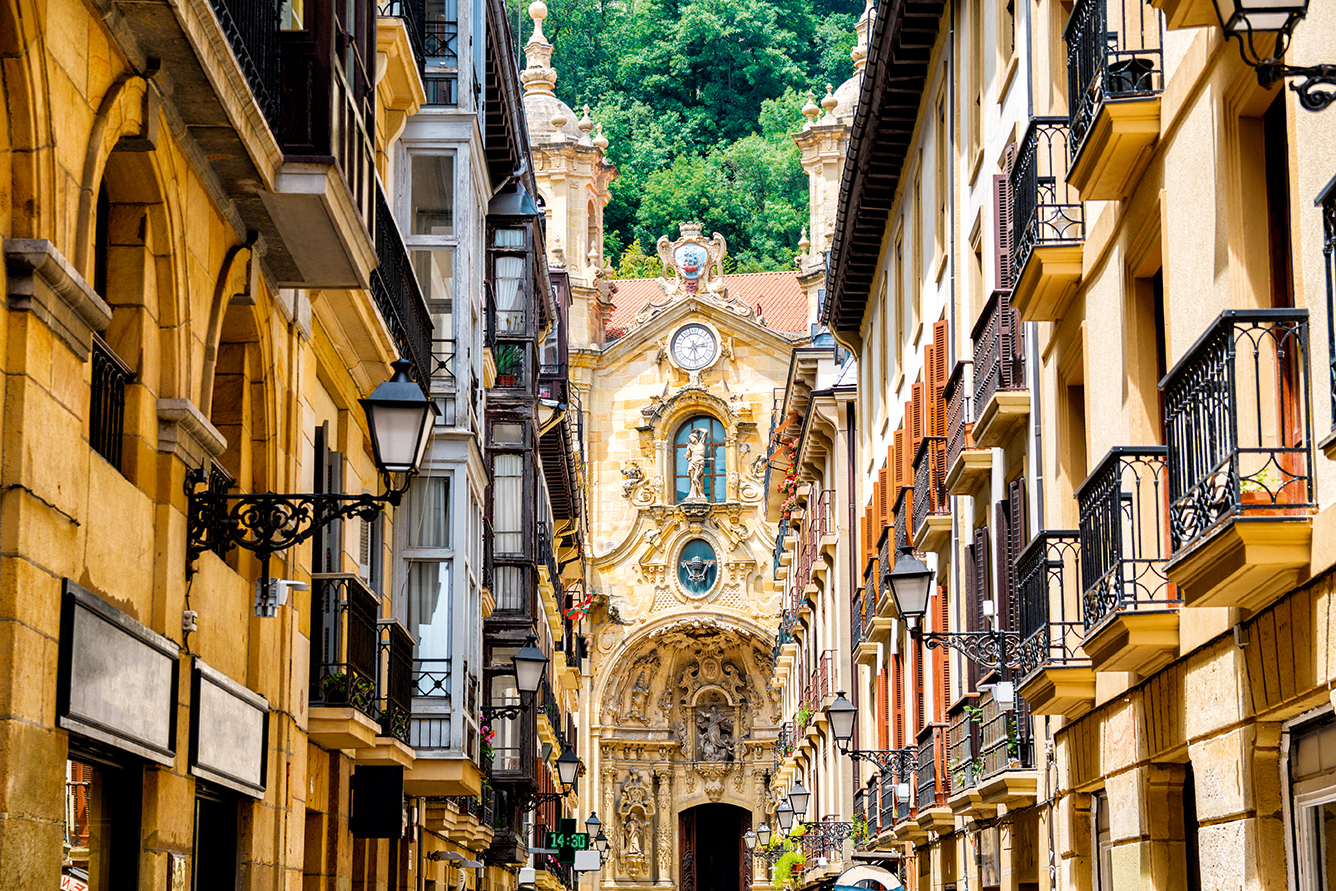
Xanthe Clay is a food writer and columnist for The Telegraph.
The first time I ever went to Marseille was when I had to pick someone up from the airport there and had to kill some time. I found a city with real soul, a bit like London, and a world away from more polished parts of the Côte d’Azur. It has the edge you want from a city. A lot of France feels very homogenous but sometimes you want something a bit more diverse – and that’s what you get with Marseille.
The writer Jonathan Meades has lived in Marseille for about ten years and one thing he told me was to avoid was the iconic bouillabaisse – ‘it’s always expensive and is just for the tourists’. Instead, he took me to Chez Madie madielesgalinettes.com by the Old Port, a local restaurant that does a really great Provençal fish soup. It’s the kind of place where the waiter tells you off if you don’t eat it right – you’re supposed to put all of the cheese and rouille (garlic sauce) in at once.
Another thing about Marseille is that it has great pizza because there’s a massive southern Italian influence in the city. It comes from when people from Naples moved there in the 19th century to work in the docks. They actually say the pizza here is better than in Naples. I reckon the best place to try it is at a restaurant called Pizzeria Chez Sauveur chezsauveur.fr which is actually in Noailles, the Arab quarter, where you’ll also find a brilliant market full of amazing flatbreads, olives and North African pastries. I really love this part of Marseille, and also Le Panier (the old city). It’s fascinating – all higgledy-piggledy and when you go in the morning, before the crowds, it’s just lovely. People still live there, you can hear the children playing and you have all the smells of the most amazing food being cooked.
The best restaurants reflect the city’s diversity. Le Fémina 1 Rue du Musée is an Algerian restaurant specialising in Berber barley couscous. Believe them when they warn you against over-ordering – portions are huge. Restaurant Les Bords de Mer Plage des Catalans, a sleek hotel restaurant with views across the bay to the Château d’If, has clever modern cooking. And then you’ve got patisserie La Rose de Tunis larosedetunis.com - it specialises in gloriously sticky North African pastries and is packed to the rafters on high days and holidays.
Someone said to me that because so much of the Côte d’Azur is over-run with the super-rich, the Parisians are now taking the train to Marseille instead, because it’s a bit cooler; a bit more chic. It’s just a little less buttoned up than the rest of France.
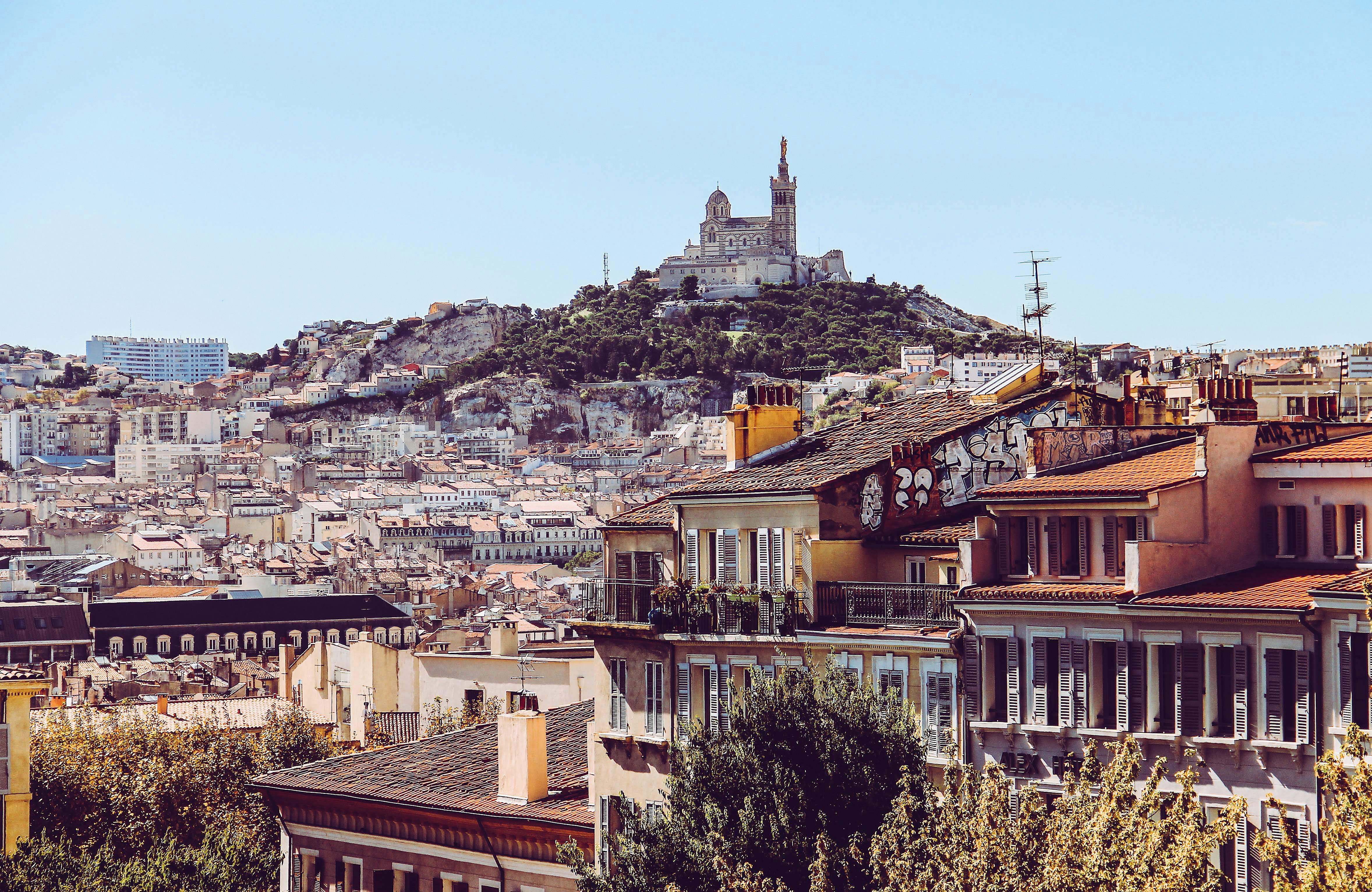
Felicity Cloake is a writer. Her book One More Croissant for the Road (Mudlark, £9.99) is out in paperback on 14 May.
Tel Aviv is truly spoilt by its location. It’s got the seafront, all golden curves with the fish-laden Mediterranean tickling its striking Bauhaus architecture, and then, out back, it has one of the world’s best kitchen gardens. Everything grows in the fertile valleys of Israel, from tomatoes to make even Italians envious, to the juiciest clementines and its world-famous olives, and that’s before you head up to the Golan Heights with its burgeoning wine industry. But it’s the attitude of the chefs, cooks and food lovers (which is everyone) that makes the difference here. A respect for local ingredients runs deep – there’s no messing with them, just celebrating them, making vegetables heroes of dishes just because they deserve it, not so they can up the number of bracketed ‘v’s on the menu.
North Abraxas typifies the scene, with people eating elbow to elbow on bars, enjoying lots of little tastes of Israel, from sweet Maggie tomatoes, peeled, and quartered with little more than a sprinkle of salt, to whole cauliflowers charred up with a splash of oil and aubergines, grilled, spread and served with tahini. But it’s far from alone, with many of a similar ilk throughout the city. And it’s seen not just in the new places that have opened in the past four or five years; it’s entrenched in the ethos of chefs like Haim Cohen yaffotelaviv.com – part of Tel Aviv’s community for aeons – who still serves achingly simple plates like beef tartare with sardines, cheese and olive oil.
Open kitchens, farm-to-table, tattooed chefs, small plates, clay or ovens, menus that shift with the seasons or just on a whim are everywhere. Share ‘Asiaterranean’ at Taizu taizu.co.il – flavours of Southeast Asia with Mediterranean produce – homemade short-rib tortellini at Claro clarotlv.com – and maybe don’t share the grilled chicken with lemon, rosemary and Kalamata olives at Alena thenorman.com restaurant. Saluf & Sons 80 Nahalat Binyamin Street, meanwhile, is the place to go for authentic Yemeni plates. Tel Aviv’s kitchens muddle up their influences, using a seemingly endless supply of top produce, encouraging everyone to try everything without worrying about such formalities as set courses or your own table. It’s perhaps the only place where it’s de rigueur to flit between countries, cultures and cuisines from one bite to the next, and all the better for it.
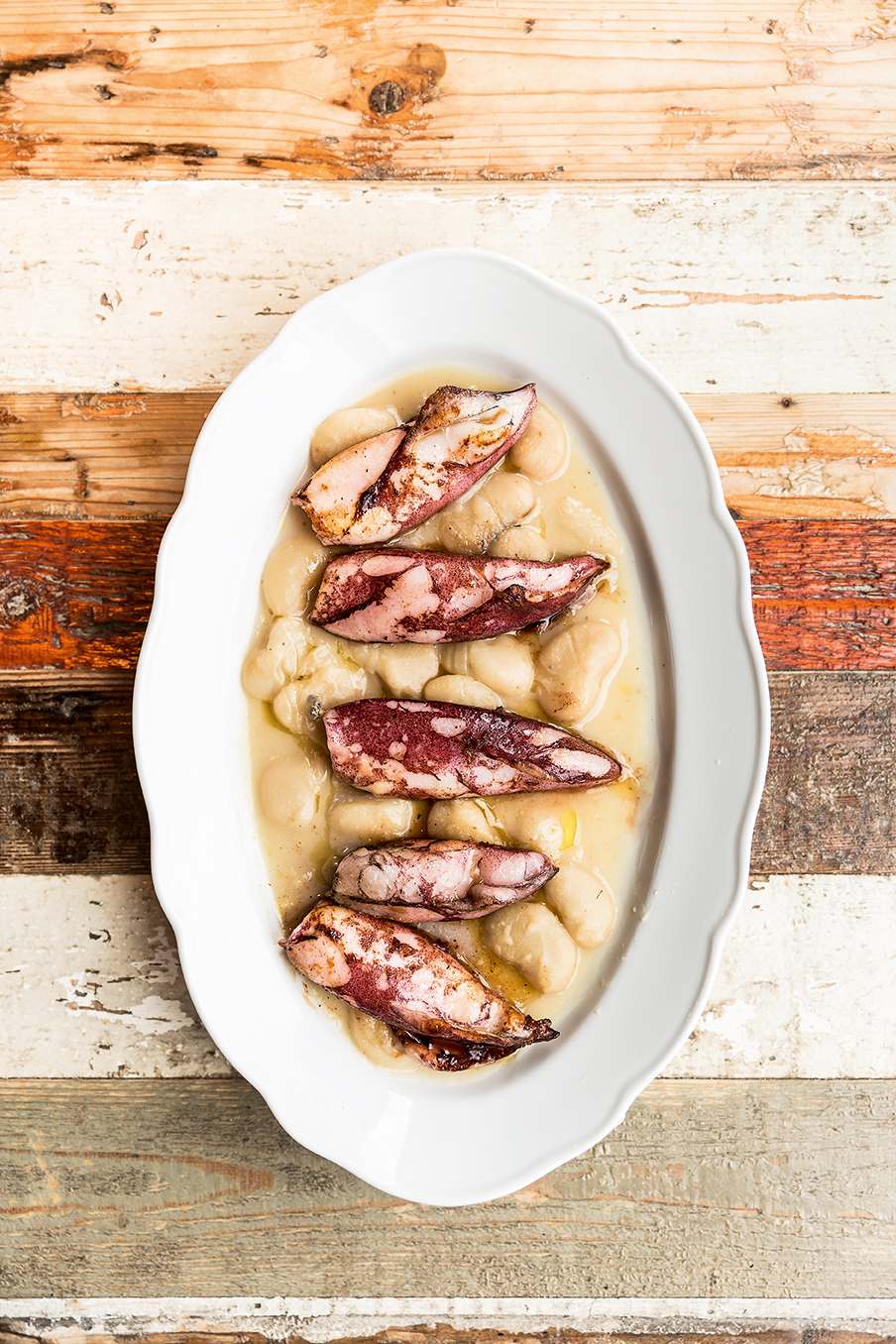
Alex Mead is Editor-at-Large of Food & Travel.
Subscribe and view full print editions online... Subscribe